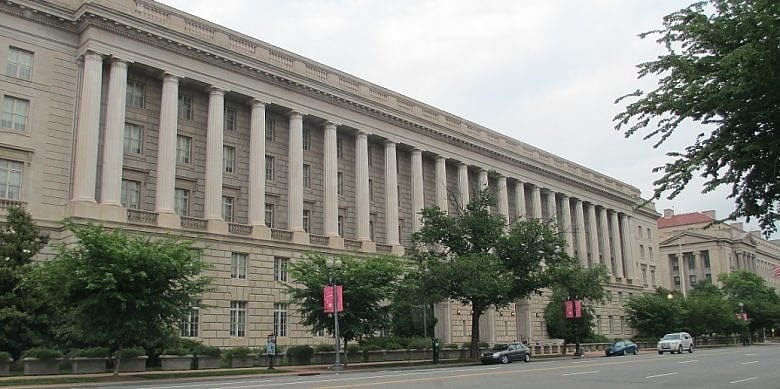Tax proposals from 2016 candidates offer stark contrasts

Here's what we know: Roughly 60 percent of taxes paid in the U.S. go to the federal government, with about 27 percent flowing to states and the rest to municipalities, according to the Tax Policy Center in Washington.
What we don't know is how that federal 60 percent figure, expected to amount to almost $3.64 trillion in the next fiscal year, will be affected once the next president takes office in January. Of the five remaining major-party contenders, four (Republicans Ted Cruz and Donald Trump and Democrats Hillary Clinton and Bernie Sanders), have outlined their federal tax proposals.

